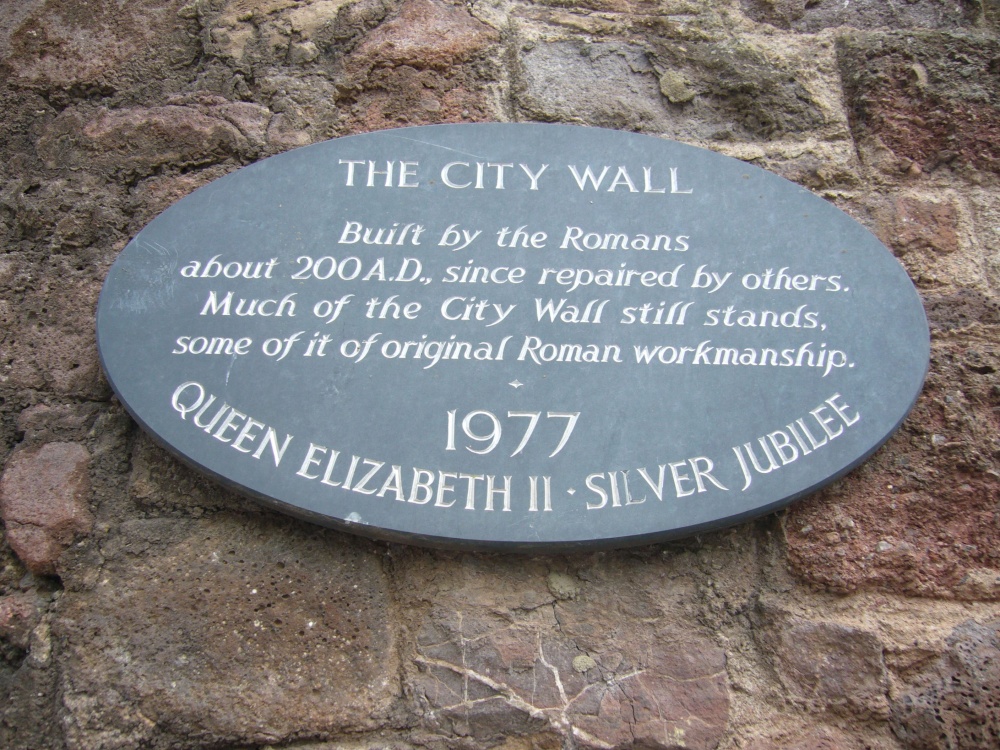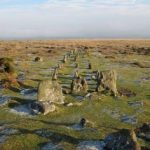EXETER

As an ancient city, Exeter boasts a rich history reflected in its many heritage attractions, from the soaring towers of Exeter Cathedral, to the medieval Underground Passages, and the remains of the Roman town, Isca Dumnoniorum. Free guided tours of the city run daily with the enthusiastic Red Coat Guides, and the award winning Royal Albert Memorial Museum is well worth a visit.
Underground Passages
Royal Albert Memorial Museum
Exeter Cathedral
Roman wall
Historic quayside
Exeter’s local Brewery’s
DEVON

To the north west of the city lies Dartmoor National Park which covers 368 square miles of scenic beauty and open space. There are plenty of opportunities for outdoor adventures in this wild landscape, from walking, cycling and horse riding, to climbing, abseiling and water sports. Visit Active Dartmoor for ideas and inspiration. Dartmoor is readily accessible via car, bus and rail links.

To the east of the city, the UNESCO World Heritage Jurassic Coast stretches for 95 miles, telling the Earth’s story in unique geology stretching back over 250 million years, with the oldest section in nearby Exmouth, a 30 minute scenic rail journey from Exeter city centre.
Goonhilly – GATEWAY TO SPACE

Goonhilly Earth Station Ltd, located on the Lizard Peninsula in the South West of Cornwall, acquired the famous Goonhilly satellite station from BT in 2014. Founded by entrepreneur and satellite communications engineer, Ian Jones, the company was formed in order to realise the huge potential at the site. With a vision to create a multi-faceted space hub, the company is forging ahead in a number of commercial and scientific endeavours.
The Goonhilly vision is to create an inspiring, collaborative, world-class space communication business, while actively encouraging new innovation. For those who are interested, there will be an opportunity to visit the Goonhill Earth Station on Saturday 22nd July. Further details to follow shortly.